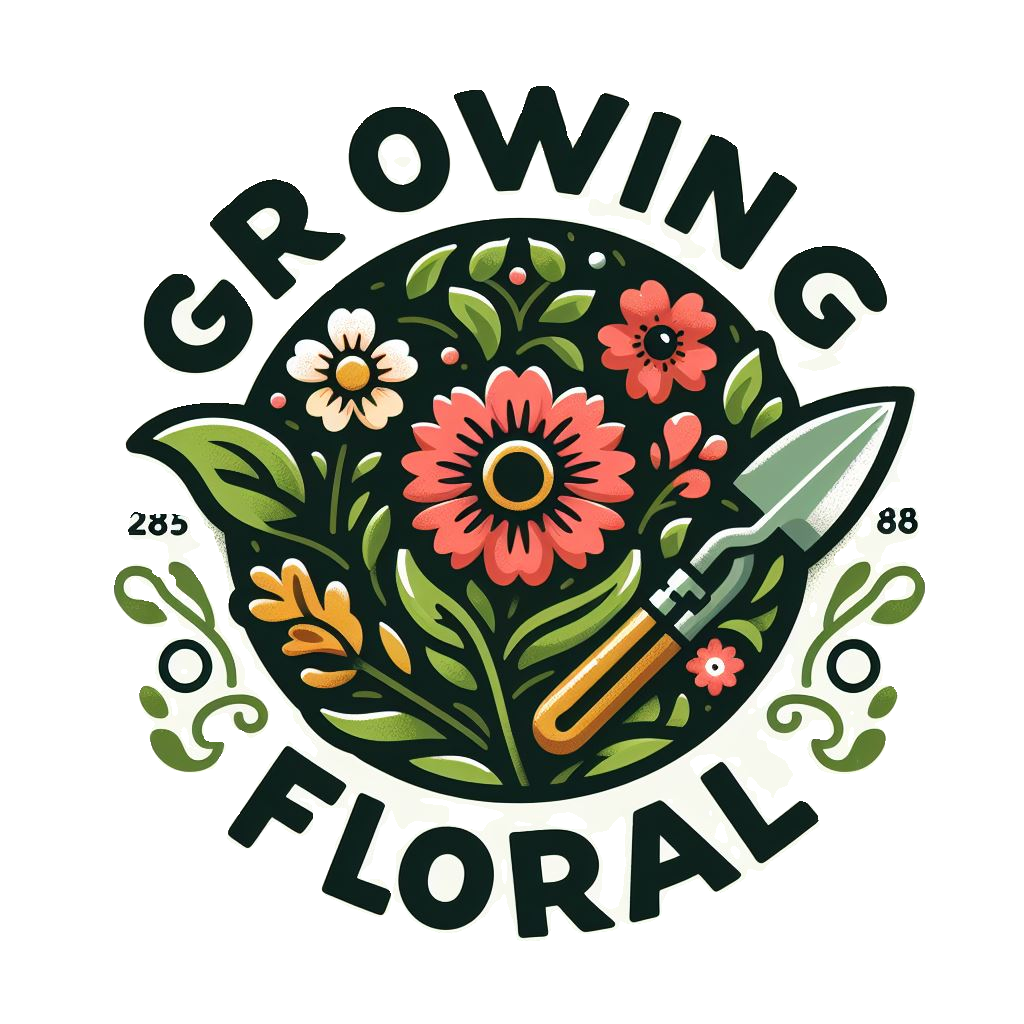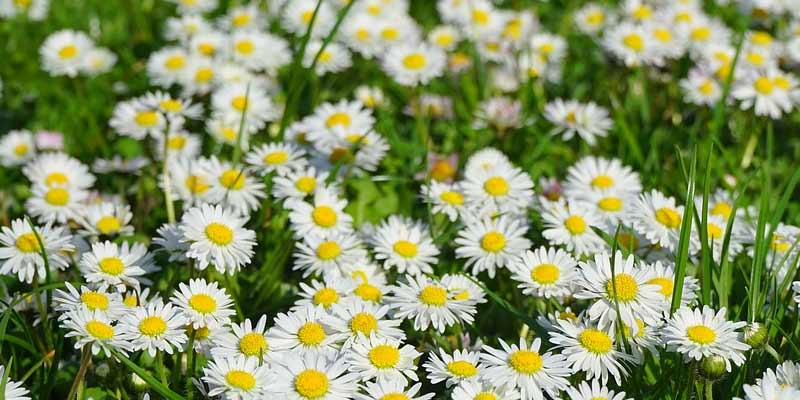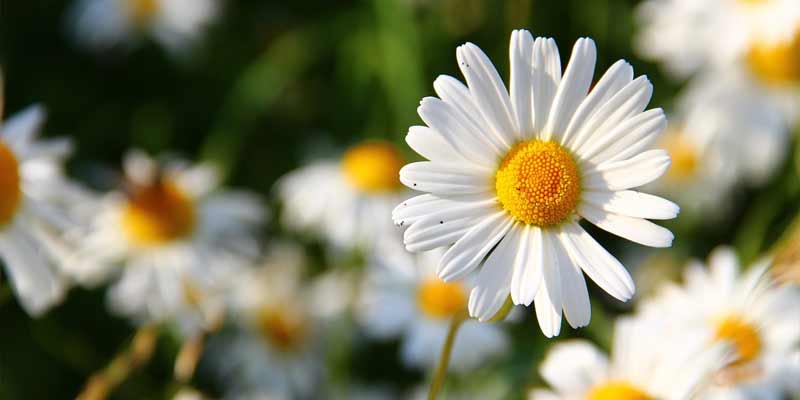The delicate petals and vibrant hues of daisies have long captivated both gardeners and nature enthusiasts: charming flowers that belong to the Asteraceae family – renowned for their resilience. They thrive in various conditions; hence, they can flourish–a trait that often sparks a question among gardening enthusiasts—do daisies indeed need full sun?
In this article, we probe into the sunlight requirements of daisies: examining their relationship with sunlight; and providing nuanced perspectives on cultivating these cherished blooms.
Understanding the Daisy Species
Understanding the diverse species of daisies and their natural habitats is essential before delving into their sunlight preferences. The spectrum of daisy varieties includes, but is not limited to the common English daisy (Bellis perennis); Shasta daisies—scientifically known as Leucanthemum x superbum; African daisies or Osteospermum.
Each species might display unique preferences for sunlight exposure, soil type, and climatic conditions.
The Role of Sunlight in Daisy Growth
Most plants, including daisies, rely heavily on sunlight for growth and development; indeed, photosynthesis is a vital process that converts light energy into chemical fuel, which is only possible with exposure to the sun.
To power their blooming cycles and overall growth stages, daisies must undergo this transformation of energy from one form (light) to another (chemical). Like all flowering species then, they are truly creatures borne out of nature’s constant quest for renewal.
Full Sun vs. Partial Shade: Finding the Balance
Often, we associate daisies with sunny meadows and open fields; however, not all species thrive in full sun. Crucial to determining the ideal growing conditions for daisies is our understanding of the distinction between full sun and partial shade.
Full Sun
Full sun, a minimum of six hours of direct sunlight exposure daily, serves as an ideal condition for numerous daisy variants such as Shasta and African daisies; they thrive under these circumstances.
Under these conditions, daisies display robust growth: they generate an abundance of blooms and vibrant foliage.
Partial Shade
On the flip side, certain species of daisies – like the English daisy for instance – exhibit a tolerance towards partial shade adaptations. We define partial shade as either receiving sunlight for reduced daily hours or experiencing filtered light due to nearby trees or structures.
Provided an adequate amount of sunlight, these daisies can thrive even in partial shade; their bloom, however, may not be as profuse.
4 Factors Influencing Daisy Sunlight Preferences
Several factors influence the sunlight preferences of daisies, including:
1. Species
Different species of daisies evolve to thrive in diverse environments, leading to varying sunlight requirements: this is the concept known as Species Variation. For successful cultivation; understanding each specific variety’s needs, a task that requires precision and attention is essential.
2. Climate Conditions
The sunlight exposure available to daisies can undergo significant impact by the climate of a specific region. Daisies in cooler climates may reap the benefits of full sun; this encourages not only robust growth but also promotes flowering.
3. Moisture
Adequate soil moisture and proper drainage are imperative for the health and vitality of daisies. Excessive moisture or waterlogged soil, regardless of sunlight conditions, can impede root development and heighten disease susceptibility in plants.
4. Seasonal Considerations
Sunlight availability fluctuates throughout the year; variations in daylight hours manifest during different seasons, a crucial aspect to comprehend for optimizing daisy growth conditions.
Tips for Growing Daisies Successfully
Certain tips can optimize the growth and enhance the overall health of daisies, whether cultivated in full sun or partial shade. These strategies include:
Locations
Choose a well-drained, sun-drenched location for planting daisies, this is your site selection. Ensure based on the species you plan to grow that sunlight exposure meets the recommended levels at the chosen site.
Soil Preparation
Before planting, amend the soil with organic matter for enhanced fertility and drainage. It is imperative to note that daisies thrive best in soil pH levels that lean towards slight acidity or remain neutral; this promotes their optimal growth.
Watering Practices
Maintaining consistent soil moisture levels requires you to water daisies deeply but infrequently; overwatering, a practice to be avoided can precipitate root rot and various fungal diseases.
Mulching
Surround daisy plants with a layer of organic mulch; this practice conserves soil moisture, suppresses weed growth – and regulates soil temperature.
Pruning
Regularly deadhead spent blooms and prune leggy growth; this encourages continuous flowering, maintaining a tidy appearance.
Conclusion
In conclusion, daisies indeed prefer full-sun conditions; however, their requirements for sunlight may vary based on species, as well as climate and environmental factors. Understanding the unique needs of daisies is pivotal to fostering healthy plants that thrive.
Enthusiasts can bask in the beauty of full-sun-bathed or partial-shade-thriving daisies in their landscapes by selecting appropriate planting sites, implementing correct soil preparation techniques, and adhering to sound gardening practices.
Daisies, given minimal care and attention, persistently brighten gardens, provoking joy across generations.



Leave a Reply